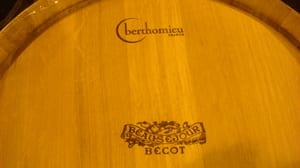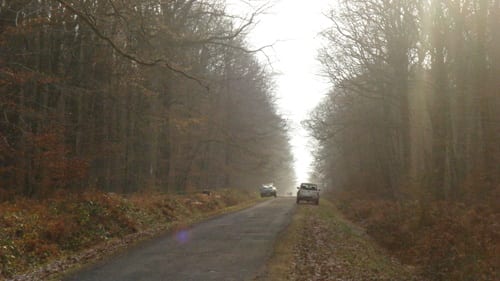
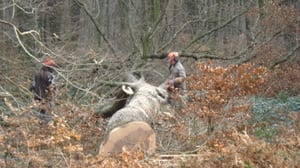 This past week I visited the major oak producing forest in Nevers, France to see how oak barrels are made. The region is about 2 hours south of Paris by train just on the Eastern border of the Loire Valley and nestled in the heart of Burgundy. I was the guest of Tonnellerie Ermitage and Berthomieu both owned by the Groupe Charloix, the major producer of oak staves in France.
This past week I visited the major oak producing forest in Nevers, France to see how oak barrels are made. The region is about 2 hours south of Paris by train just on the Eastern border of the Loire Valley and nestled in the heart of Burgundy. I was the guest of Tonnellerie Ermitage and Berthomieu both owned by the Groupe Charloix, the major producer of oak staves in France. 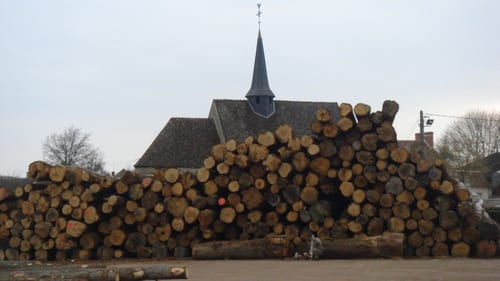
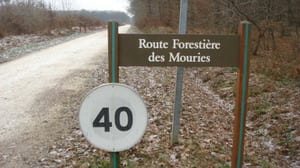
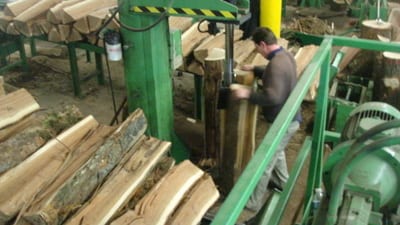
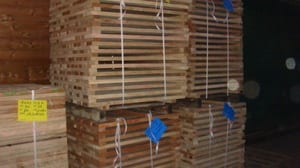
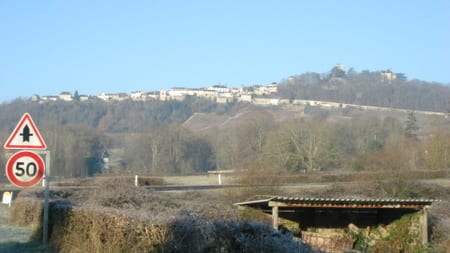
It was an enlightening experience. In these prestigious forests owned by the government, the oak trees are cut only at the age of 150 years old. They are replanted naturally. Within the 80,000 acres of Nevers forest is a 16,000 acre sweet spot called Bertrange which, due to its terroir (the earth it grows in and around) which imparts a unique flavor, is extremely expensive and highly sought after . The other major forest to the south a bit is Allier, and within that forest is its “best” wood called Troncais. It seems inevitable that with these strict regulations, there is guaranteed to be a shortage of oak one day. It also explains why on average a finished barrel costs over a thousand US dollars. That price will no doubt go up in the future.
Charloix owns two stave mills which are expertly run and the oak here is processed with great care and patience. The mills are noisy and the labor is hard. Each tree is tagged with a number before it goes to the mill. The finished staves are air dried for 2 years outdoors before they go to the cooperage. There are massive lots full of these oak planks stacked a story high on gravel, to allow drainage, and allow the elements to wash away the tannins in the wood. Even the location where the staves are aged is important, Charloix’s is nestled in a pristine valley where the air and water are clean. Much of the waste wood goes to a company owned by Charloix that makes pallets and railroad sleepers.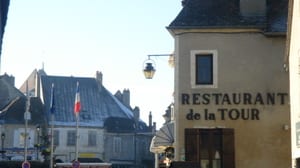
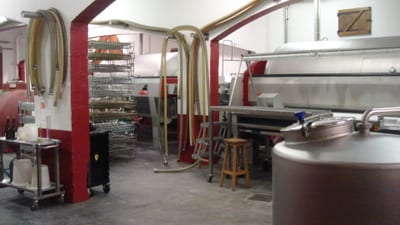
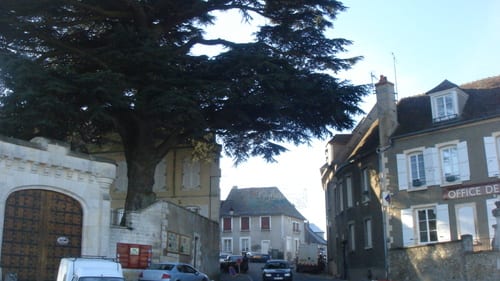
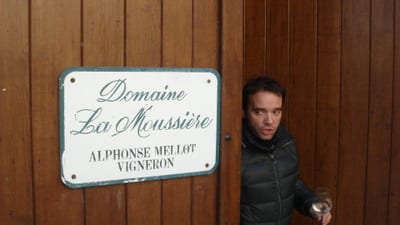
After the stave mill visit I was taken to visit the chilly hilltop village of Sancerre and the brilliant vigneron, Alphonse Mellot, to see the effect these fine barrels had on wines as they aged. Mellot uses oak, lightly toasted Berthomieu barrels, for all his cuvees, and they are delicious wines. His reds are superb pinot noir, as well. He is the 19th generation making wine for the Mellot family. They have all been named Alphonse. Look for these wines in NYC thru Domaine Select Importers. I had never been to Sancerre, which is a beautiful historic village atop a big hill. The vineyards cascade down the sides of the hill. These sauvignon blancs are some of the most famous in the world, generally offering more minerality than the tropical fruit of NZ. The wines are a perfect match for the fresh chevre cheese made in Chavignol, a neighboring village. I would love to go back when it warms up a bit and spend a few days there biking around. It was below freezing when we visited.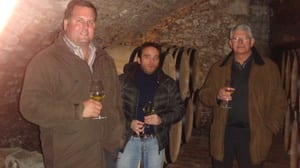
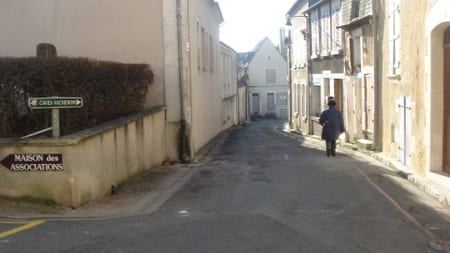
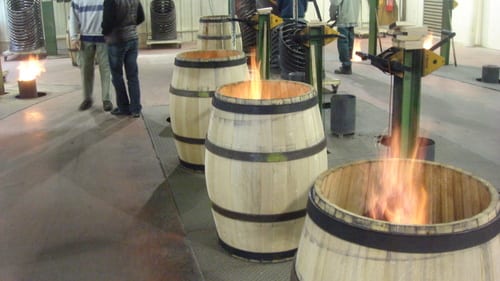
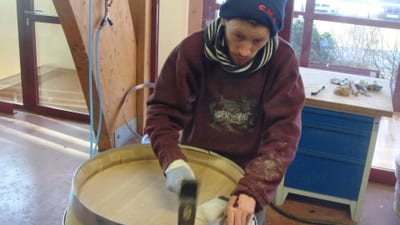
After visiting Mellot and Sancerre, we toured the Ermitage/Berthomieu cooperage and watched how painstakingly these prized oak barrels were formed from the staves that had aged two years. Using steam as opposed to fire to bend the staves, the barrels were capable of handling much lighter toastings, something that allowed the delicacy of a wine like Sancerre to not be overwhelmed. Everything was made with extreme care and the quality of these barrels is as high as, if not higher than, any other French tonnellerie (barrel maker). I never knew how much time and passion went into making the top oak barrels. But then again, I didn’t know Belgium was without a government until yesterday.
